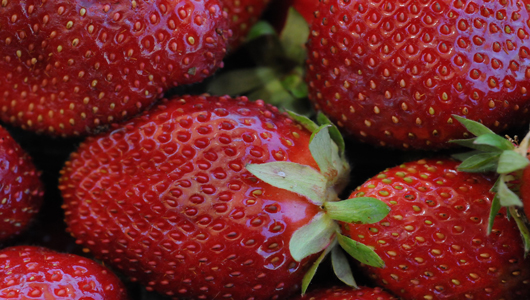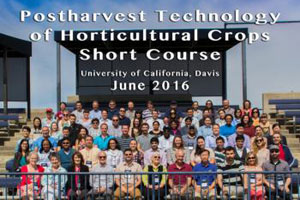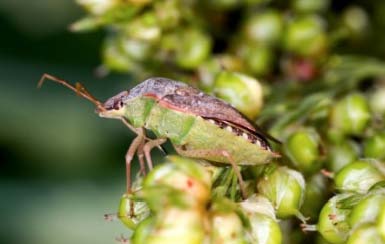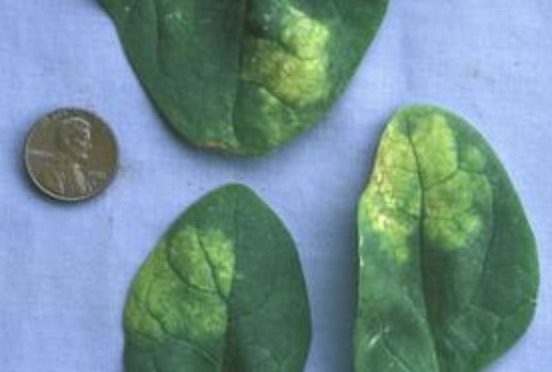Valley Fig Growers Have Rich History
Valley Fig Growers Foresees Bright Future
By Patrick Cavanaugh, Farm News Director
As the 2016 fig crop continues to ripen in Madera County orchards, the fig industry is finding a good balance between supply and demand. Gary Jue, president of Fresno-based Valley Fig Growers, said the association is last fig growers cooperative in the world. “Our growers, who are mainly in Madera County, produce only dried figs,”said Jue. “We do not handle any fresh figs.”
“Formed in 1959 by a group of growers,” explained Jue, “Valley Fig grower-members are our owners, and individuals like myself work at the pleasure of the board of directors and our owners. We are a very diversified dried fig company. We probably produce the largest quantity of dried fig products offered by any processor/packer.”
“Our goal is to provide innovative products to our customers,” Jue explained, “our industrial customers—food manufacturers, in particular—as a way to enable them to use our products in their products. We want to be as user-friendly as we can, so we listen to consumer needs to get our product in their hands and make it easy for them to use. The more we can do that, the more successful we’ll be at with providing figs to the consumer,” he said.
Fig popularity has grown over the last five to seven years, Jue said, including fresh figs in season. “That’s been very popular especially at the high-end restaurants,” noted Jue. “We’re starting to see more and more dried fig products used in entrees in high-end restaurants, and even in mid-sized-priced restaurants.”
“If you go to the renowned coffee supplier that you see in every port and city in the U.S. and abroad,” Jue said, “you’ll see our figs in a product they provide. It is great to see products like that on the shelf! Confectioners are also on the wagon, as we’re starting to see more confectionery products now made with dried figs that we had not seen in the past.”
Jue mentioned during the holiday season last year, one of the Valley Fig accounts provided a whole chocolate covered fig product that was great. “Now,” he said, “we’re looking to determine if this is going to be a seasonal item or a year-round item. That large wholesale supplier really did a great job of introducing this confectionery fig into the mainstream public marketplace. It’s not a high-end specialty item, but something that anybody can go to the retail shop everyday to buy and enjoy. That has been a great, great upshot,” Jue affirmed.
This is all good news for the fig industry because Americans tend not to be big fig consumers as the fig is not indigenous to the United States. More typically, figs are enjoyed with greater consumption throughout the Mediterranean region as they have been produced there since pre-biblical times. During Roman times, figs were given as prizes. “Through carbon dating studies,” Jue elaborated, “we have determined figs were the first cultivated food known to humankind.”
“Because the crop has been around for so long, figs are very well known in Europe. Europeans grow up eating figs, but Americans are starting to develop a palate for dried figs and fresh figs as well,” said Jue. “And for us in the fig industry, it’s great to see that occurring.”

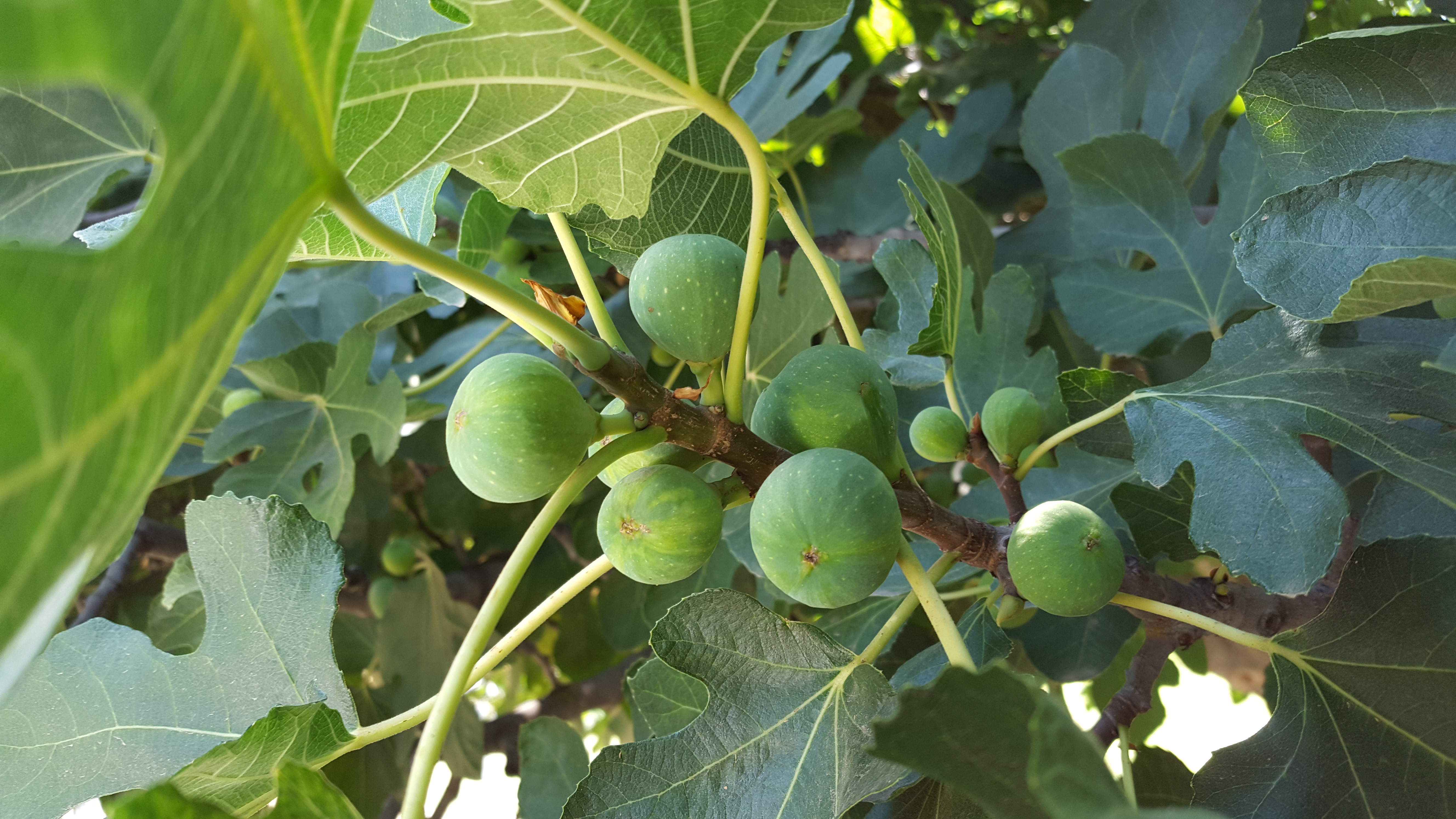


 “This is a major event, a significant milestone in terms of the process to get Temperance Flat Dam built.” Santoyo said. “In essence, it is a partnership between the new joint powers of authority and the U.S. Bureau of Reclamation, and, more specifically, their study team who worked on the technical studies and the feasibility reports for Temperance Flat.”
“This is a major event, a significant milestone in terms of the process to get Temperance Flat Dam built.” Santoyo said. “In essence, it is a partnership between the new joint powers of authority and the U.S. Bureau of Reclamation, and, more specifically, their study team who worked on the technical studies and the feasibility reports for Temperance Flat.”


